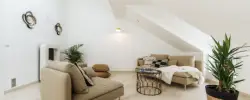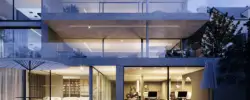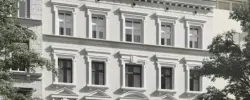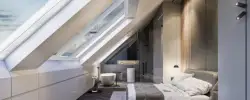Weyringergasse 31
Return
5% p.a.
Duration
36 months
Project type
Income
Distribution
Quarterly
Notice according to § 12 (2) Vermögensanlagengesetz
This investment involves considerable risk and may result in partial or total loss.Project Presentation
The property "Weyringergasse 31" is an apartment building consisting of a total of 26 existing units with a total usable floor space of 3,155 m². It is an existing property, 96% of which is used for residential purposes and 4% for commercial purposes. The project has an occupancy rate of 70% and currently generates a net annual rent of 60,000 €.
In the course of the project at Weyringergasse 31, parts of the capital invested are to be refinanced and the property optimized and renovated.
The Kubelka Group is a 2nd generation family business with an impressive portfolio of numerous properties.
The building is surrounded by all amenities of daily use and is excellently connected to the public transport network due to its proximity to the subway station Südtirolerplatz (U1) and Vienna Central Station (rapid transit as well as bus and streetcar lines). The subway station, which is only 7 minutes away, connects the property with various transportation options, especially via the main train station. Vienna's city center can thus be reached within a few minutes.
Location
Welcome to 1040
Wieden is the 4th district of Vienna and is located within the Gürtel, which was built on the site of the former Linienwall. The district was created in 1850 by incorporating several suburbs, in 1861 it was divided and lost part of its area to the newly created 5th district, Margareten. Wieden is a typical inner district, a densely populated area with few green spaces. The district name is used with the feminine article, thus "die Wieden" or "auf der Wieden". The 4th district is crossed from northeast to southwest by the Wiedner Hauptstraße, from north to south by the Favoritenstraße. Since a boundary change in 2009, no part of the Naschmarkt is part of the 4th district anymore, however, it is naturally found in close proximity.
Micro location Weyringergasse
Weyringergasse 31 is in an excellent location and is ideally connected to the public transport network. A variety of public transportation options, such as the Südtirolerplatz subway station or Vienna's main train station, are in the immediate vicinity. The city center of Vienna can thus be reached within a few minutes.
Discover the surroundings
Weyringergasse 31 is in an excellent location and is ideally connected to the public transport network. A variety of public transportation options, such as the Südtirolerplatz subway station and Vienna's main train station, which is a 7-minute walk away, are central transportation hubs in Vienna. Via the Vienna Central Station you can comfortably reach the Vienna city center.
Karlskirche
Vienna's Karlskirche is a Roman Catholic church in Vienna's 4th district Wieden. The rectorate church of St. Charles Borromeo belongs to the city deanery 4/5 in the Vicariate of Vienna City of the Archdiocese of Vienna. Built in the first half of the 18th century, the church is a listed building. It is located on the south side of Karlsplatz, close to the city center, and is one of the most important Baroque church buildings north of the Alps and one of Vienna's landmarks. The construction costs officially amounted to 304,045 florins and 22¼ kreuzers and were borne by all the crown lands, as well as Spain, the Duchy of Milan and the Netherlands. In addition, penalty money was used, which the city of Hamburg had to reimburse because "the mob there had demolished the chapel of the Austrian legation." In 1727, for the purpose of renewing their Jewish residence privileges in Vienna, Marcus and Mayr Hirschl "contributed 150,000 fl. [florins]". There is talk of another 100,000 florins, which were to be paid by the Hirschl brothers in installments at certain times. Currently, the frescoes in the dome of the Karlskirche are accessible via a panoramic elevator that transports visitors some 32 meters above ground level; until March 2018, access to the lantern was also possible from there.
Otto Wagner Pavilions
The Otto Wagner Pavilions on Karlsplatz, often called Stadtbahn Pavilions, are two pavilion-like former recording buildings on Karlsplatz in Vienna. They were once commissioned by the Commission for Transport Facilities in Vienna and built to a design by architect Otto Wagner for the Lower Wientallinie of the Vienna Steam City Railway. Apart from the Hofpavillon Hietzing, the two structures were the most magnificent of the Stadtbahn due to their location close to the city center. In addition to their well-known significance for Art Nouveau, they are also regarded as the main work of aestheticism around Oscar Wilde in continental Europe with his emblem, the sunflower.
Theresianum
The state-owned complex called "Theresianum" with buildings dating back several centuries in Vienna, 4th district, Favoritenstraße 15, serves as the seat of the Public High School of the Theresian Academy Foundation, as the building is called for short Theresianum, and the Diplomatic Academy of Vienna. Both educational institutions invoke a tradition spanning several centuries. Since 2011, the foundation has also offered kindergarten and elementary school.
Funkhaus Vienna
The Funkhaus Wien, also called Funkhaus Argentinierstraße, is the broadcasting building of the ORF in Vienna and the oldest radio station in Austria. The building in Argentinierstraße was erected in 1935-1939, incorporating older structures, according to the plans of Heinrich Schmid and Hermann Aichinger and with the collaboration of Clemens Holzmeister, on behalf of ORF's predecessor, the state-owned RAVAG. None of the recording studios and neither of the two broadcasting halls has a rectangular floor plan. They have unequal-sided squares as their floor plan to improve acoustics. In January and February 1945, the building was bombed and sustained extensive damage in the rear part of the building. On April 6, 1945, the last broadcast of the Reichssender Wien was transmitted. Since the Bisamberg transmitter was also blown up by the retreating SS, it was not possible to start broadcasting immediately after the end of the war, despite the fact that reconstruction had begun. The radio station was located in Soviet-occupied territory, but no occupation transmitter was set up. For the time being, a provisional transmitter mast was erected on the roof, which only had a transmitting power of 30 watts, but could be expanded to 10 kW by the beginning of 1946. It was broadcast on medium wave and also on short wave. In June 1988, the world's third fully digitized control room was put into operation, after the BBC and WDR. Since 1999, the Funkhaus Wien has been a listed building. In October 2015, Funkhaus Wien was put up for sale as part of ORF's consolidation measures. According to ORF, the historic studios were not sold along with the building, but continue to be available to ORF.
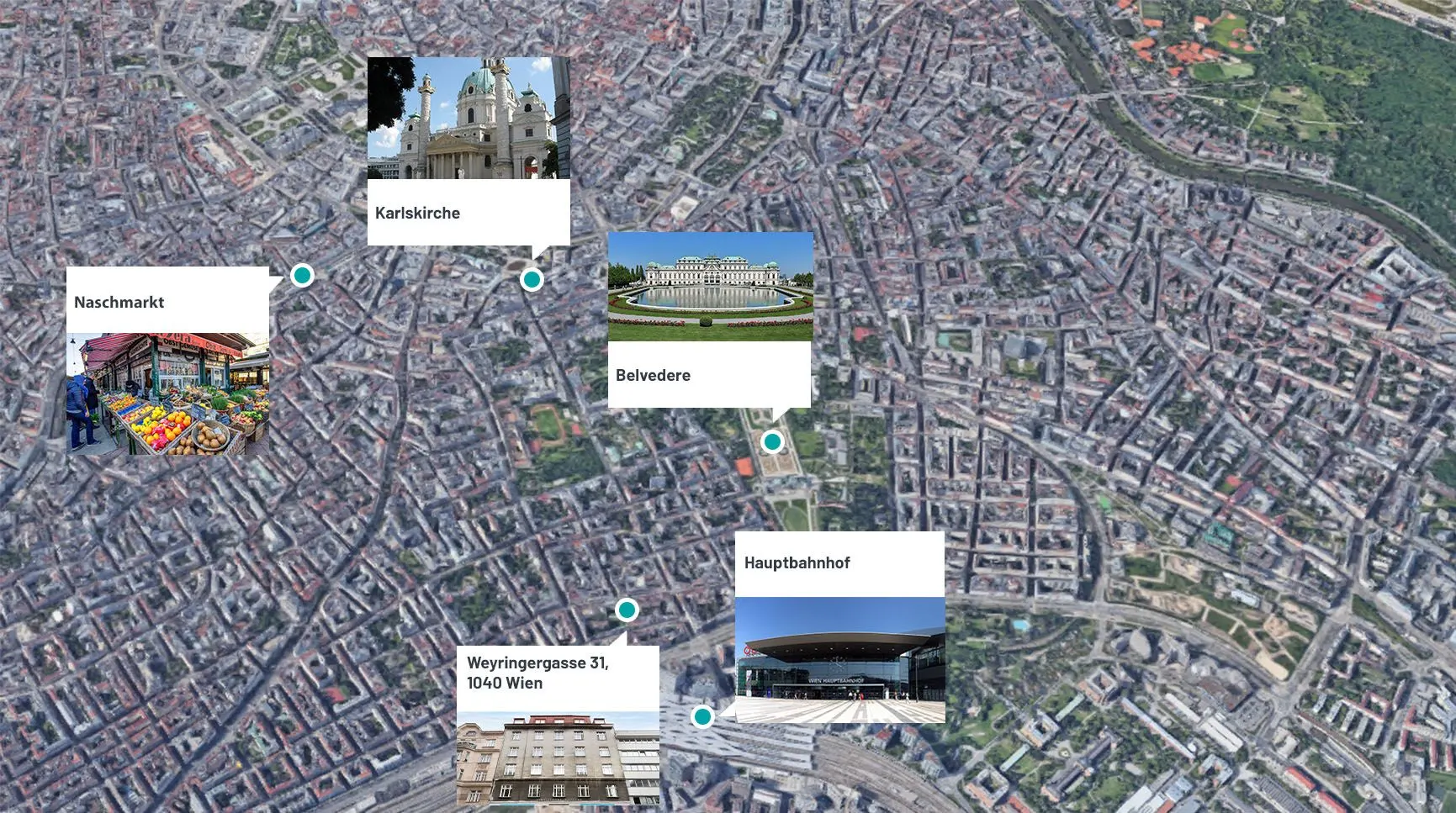
Team
Our mission is to fulfill what is probably the most important basic human need. We have made it our mission to enable people to realize the dream of owning their own home. It is our goal to present space from a completely new perspective. As a family business in the 2nd generation, we have been buying, developing and selling real estate for more than 30 years now. Benefit from our experience, professional competence and our network.
Our team is dynamic, consistent and future-oriented.
We identify ourselves through passion, aesthetics and style.

